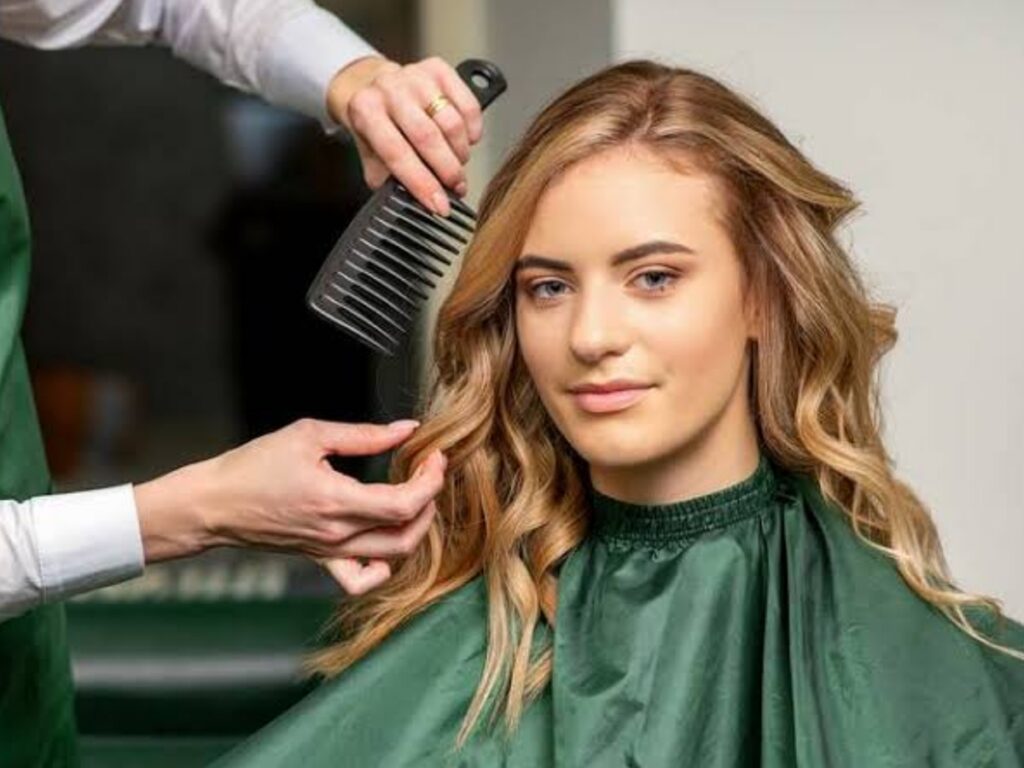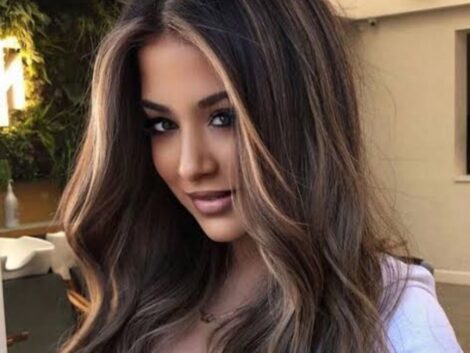Balayage in curls is a trendy and versatile hair coloring technique that adds depth, dimension, and natural-looking highlights to curly hair. This technique can be customized to suit different hair lengths and colors, making it a popular choice for those looking to add a touch of sophistication and glamour to their curly locks.
Balayage itself does not necessarily ruin curls. However, the bleaching and coloring processes involved in this process can cause some damage to the hair, including loss of moisture and protein. This can result in dryness, frizz, and weakened curls.
To minimize damage and maintain your curls’ health, it is important to take proper care of your hair before, during, and after the balayage process. Here are some tips:
- Consult with a professional stylist who is experienced in working with curly hair and understands how to minimize damage during the coloring process.
- Opt for a gentle and moisturizing bleaching and coloring technique to minimize damage.
- Consider a partial or gradual balayage instead of a full-head application to minimize the exposure of your hair to chemicals.
- Prioritize deep conditioning treatments before and after the process to restore moisture and protein to your hair.
- Use sulfate-free and gentle hair care products specifically formulated for curly hair to maintain hydration and minimize further damage.
- Lessen heat styling and apply heat-protectant solutions when required.
- Implement a regular hair care routine that includes gentle detangling techniques and regular trims to maintain healthy curls.
Ultimately, the health and outcome of your curls after balayage will depend on various factors, including your hair’s natural condition, the skill of the stylist, and the aftercare you provide. It’s always best to consult with a professional stylist who can assess your hair and provide personalized advice.
Is balayage damaging to curly hair?
Balayage, when done properly, should not cause significant damage to curly hair. The painting technique used in balayage helps to minimize damage by avoiding excessive saturation and overlapping of color. However, it is essential to choose a skilled stylist who understands the unique needs of curly hair and can customize the process accordingly.
Curly hair tends to be drier and more prone to damage, so it’s crucial to take extra precautions. This includes using gentle lighteners and color products specifically formulated for curly hair, as well as monitoring the processing time to prevent excessive lifting or over-processing.
To maintain the health of your curly hair after balayage, it is recommended to follow a consistent hair care routine, including deep conditioning treatments, using sulfate-free and moisturizing hair products, and minimizing heat styling. Regular trims to remove any split ends and prevent breakage are also beneficial.
Overall, this can be a safe and beautiful coloring technique for curly hair if done with care and by an experienced stylist who understands the needs of your hair type.
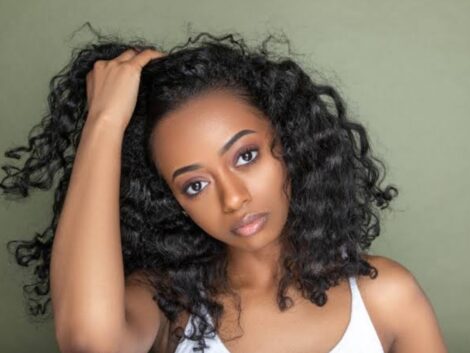
Is balayage or ombre better for curly hair?
Both balayage and ombre can look great on curly hair, but it depends on personal preference and the specific look you’re going for.
Balayage is a hand-painting technique that creates a more natural, sun-kissed look. It involves sweeping color or highlights onto select strands of hair, typically focusing on the mid-lengths and ends. Balayage can add dimension and depth to curly hair, enhancing its natural texture and movement.
Ombre, on the other hand, is a gradient effect where the hair transitions from a darker shade at the roots to a lighter shade at the ends. This technique can create a more visible contrast between the root color and the ends, giving a more defined two-tone effect. Ombre can be a bold and dramatic look on curly hair, especially if you choose contrasting colors.
Ultimately, the choice between balayage and ombre for curly hair depends on your style and desired outcome. It’sIt’s a good idea to consult with a professional stylist who can assess your hair type, texture, and individual preferences to help you determine which technique will best complement your curls.
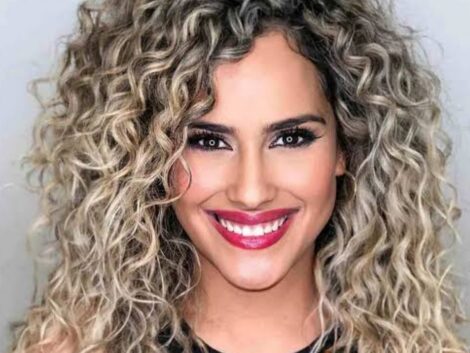
How do you prepare curly hair for balayage?
Preparing curly hair for balayage involves a few important steps to ensure the best results. Here’s a step-by-step guide:
Consultation
Start by consulting with a professional colorist or hairstylist who specializes in balayage. Discuss your desired look and whether you want a subtle or more dramatic change. They will assess your hair’shair’s condition, texture, and natural color to determine the best approach.
Deep Conditioning
Before the balayage, it’sit’s integral to deep condition your curly hair to confirm its hydration and nourishment. Curly hair tends to be drier and more prone to damage, so using a moisturizing treatment or deep conditioner will help strengthen and protect the strands. This step is essential for maintaining the integrity of your curls throughout the color process.

Cleanse & Detangle
Wash your hair using a moisturizing shampoo to remove any styling products or buildup. It’sIt’s important to detangle your curls while the conditioner is still in your hair to minimize breakage and ensure an even application of color. Using a wide-tooth comb or your fingers, gently remove knots and tangles from the ends to the roots.
Avoid Stripping Hair of Natural Oils
Curly hair tends to be more fragile and prone to dryness, so it’s important to avoid over-washing or using harsh cleansing agents that can strip away natural oils. Aim to wash your hair no more than twice a week, and consider co-washing (using conditioner instead of shampoo) between washes to maintain moisture.
Leave-in Conditioner
Apply a leave-in conditioner or curl-enhancing product to help define your curls and provide moisture. This will also serve as a protective barrier between your hair and the coloring agents used during balayage.
Protect the Scalp & Hairline
Before applying the balayage technique, use a thin layer of petroleum jelly or a protective barrier cream along your hairline and scalp to prevent staining. This will help minimize any color transfer onto the skin while allowing the colorist to work freely.
Monitor Processing Time
Since curly hair tends to process color faster than straight hair, it’s crucial to regularly monitor the development of the color during the balayage process. The colorist should check the color regularly to prevent over-processing and ensure the desired result is achieved.
Post-colour Care
After the process is complete, follow any specific instructions provided by your colorist. This may include using color-safe and sulfate-free shampoos and conditioners, avoiding excessive heat-styling, and incorporating deep conditioning treatments into your hair care routine to maintain the health and vibrancy of your curls.
Remember, finding a skilled colorist who understands the intricacies of curly hair is essential for achieving beautiful balayage results. Communicate your expectations and concerns during the consultation to ensure the best outcome for your curly hair.
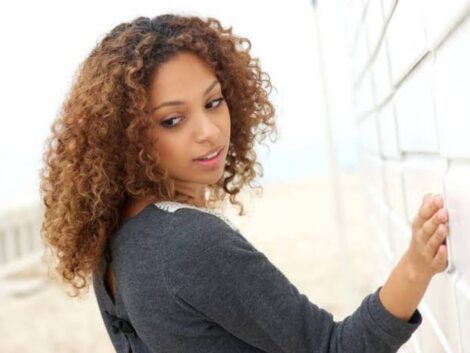
What is the downside of balayage?
While balayage is a popular and versatile coloring technique, it’s important to consider the potential downsides before deciding if it’s right for you. Here are some possible drawbacks:
Price
Balayage can be more expensive than traditional highlighting or coloring techniques. The application process requires a high level of skill and expertise, which often comes with a higher price tag. Additionally, maintaining the color with regular touch-ups can add to the overall cost.
Time Commitment
This is a meticulous and time-consuming process, especially if you have long or thick hair. The colorist needs to carefully hand-paint each section of hair, which can take several hours to complete. If you have a busy schedule, the time required for the balayage application and subsequent appointments may be inconvenient.
Potential Damage
While balayage is generally considered less damaging than traditional foiling or full-coverage coloring, there is still a risk of damage to the hair. Bleaching or lightening the hair can weaken its structure, making it more susceptible to breakage and dryness. It’sIt’s essential to properly care for and maintain your balayage-treated hair to minimize damage.
Limited Colour Options
Balayage typically creates a more natural and sun-kissed effect, which may not be suitable for those seeking bold or vibrant color changes. If you’re looking for a drastic transformation or highly pigmented hues, other coloring techniques like full coverage or foiling may provide better results.
Maintenance & Regrowth
It often creates a more blended and low-maintenance grow-out process compared to traditional highlights. However, as your natural hair grows, you may experience noticeable regrowth, which can interfere with the seamless and gradual lightening effect of balayage. Periodic touch-ups or reapplication may be required to sustain the desired glance.
Results on Dark Hair
It may not produce as dramatic a color change on naturally dark hair compared to lighter shades. Dark hair may require more bleaching or multiple sessions to achieve the desired result, increasing the risk of damage and potentially adding to the cost.
Remember, it’s essential to consult with a professional colorist who can assess your hair, discuss your expectations, and help determine whether balayage is the right option for you. They can provide insight into the potential downsides specific to your hair type, color, and desired outcome.
What not to do before getting a balayage?
Before getting a balayage, there are a few things you should avoid doing to ensure the best outcome for your hair:
Avoid Washing Your Hair Immediately before the Appointment
It is recommended to have unwashed hair for at least 24-48 hours before getting a balayage. Natural oils on your scalp help protect your hair and prevent excessive damage from bleach or hair dye.
Don’t Apply Any Hair Products
Avoid using hair styling products, such as hairspray, gel, wax, or oils. These products can create a barrier on your hair, making it difficult for the balayage color to penetrate and give the desired outcome fully.
Don’t Go out in the Sun or Expose Your Hair to Chlorine
It is best to protect your hair from excessive sun exposure and chlorine from swimming pools. These factors can cause your hair to become more porous and brittle, making it more susceptible to damage during the coloring process.
Avoid Using Heat Styling Tools
Refrain from using heat-styling tools like straighteners, curling irons, or blow dryers, as they can damage your hair and make it more fragile, which can affect the balayage process.
Don’t Colour or Highlight Your Hair at Home
It is recommended to avoid any DIY hair coloring methods before getting a balayage. Box dyes or home highlighting kits can sometimes result in unpredictable colors or patches, making it challenging for the stylist to achieve the desired balayage look.
By following these precautions, you can ensure that your hair is in the best condition possible during the balayage process and achieve the desired results.
Lastly, check out the mane caper shop.

